The Spanish Flu of 1918-19 is thought to have killed at least a million people in Iran. Repeated outbreaks of cholera over the past two hundred years have killed millions more. In the past, before good science and data, ignorance and blind religion made these diseases all the more lethal. Today, in the time of Covid-19, there is no excuse – and yet it’s happening again.
The first cholera outbreak that was well-documented in Iran began in 1821, apparently in Bushehr, on the Persian Gulf. The disease then spread to cities as disparate as Shiraz, Isfahan and Tehran and across the Caspian Sea into Russia.
When cholera arrived at the port of Basra, the Qajar King Naser al Din ordered his governors to ban pilgrims from travelling to Kerbala and Najaf. He was one of those who believed - correctly, as it turned out - that Shiite pilgrims travelling to holy shrines in the region would spread the sickness.
Others also recognized the danger of crowds. The poet and politician Yahya Dolatabadi was living in Tehran during the epidemic. In his autobiographical history of the constitutional movement he writes:
“...the outbreak of cholera grew from the second day of Moharram. A few days before Ashura, hundreds of people were dying every day.
"Our house was constantly crowded. Not only did we have daily Rouzeh Khani [mourning] ceremonies, but people were always coming to seek my father. He was an eminent marja [cleric], so they came to ask for blessings from him for themselves and for their deceased family members.
"Mid-way through Moharram, the number of victims spiked. By then, one and a half thousand people had died of cholera and their corpses were carried by donkey to the cemetery.”
Science and germ theory have confirmed what those in the 19th century had surmised. That is to say, that travel and close human contact, both features of Shiite worship, are powerful vectors for passing on sickness.
Covid-19 is no exception. Right now in Iran, medical experts and epidemiologists are imploribng people NOT to take part in the ritual group mourning and chest beating of Moharram. If people must participate, they say, do it safely online.
But there are plenty of obstinate and ignorant mullahs to contradict them. In videos widely shared by pious people, some religious leaders have claimed divine protection from Covid-19. Others, more perniciously, actively encourage the devout to join mass Muharram mourning ceremonies to prove their faith. Anyone who catches coronavirus and dies, they say, will have made a noble sacrifice.
It is depressing to see how successfully some members of the religious and political establishment do their best to suppress the truth. Kianoush Jahanpour, the former Health Ministry spokesman, was forced to resign for calling China’s official coronavirus statistics a joke. And when epidemiologist Mohammad Reza Mahboubfar told the Jahane-e-Sanat newspaper that the number of coronavirus cases and deaths were 19 to 20 times higher than the official figures, the government closed the paper.
As I said. No excuse.
visit the accountability section
In this section of Iran Wire, you can contact the officials and launch your campaign for various problems









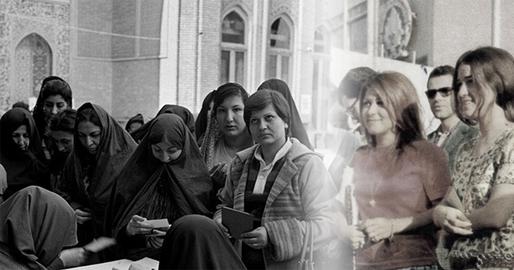

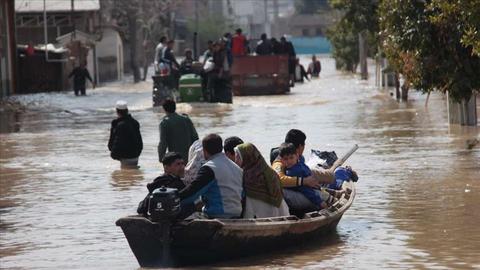
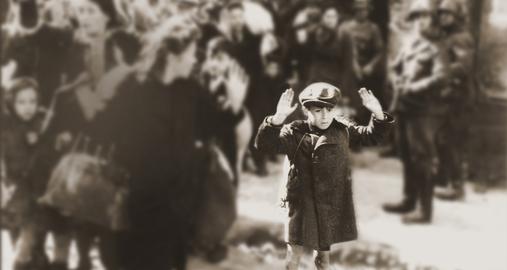
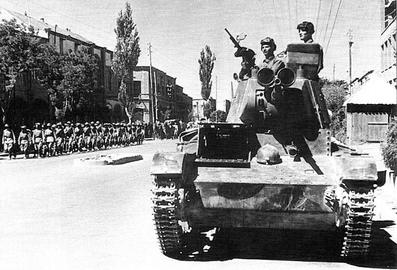
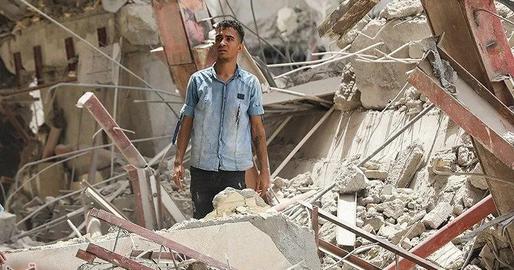





comments